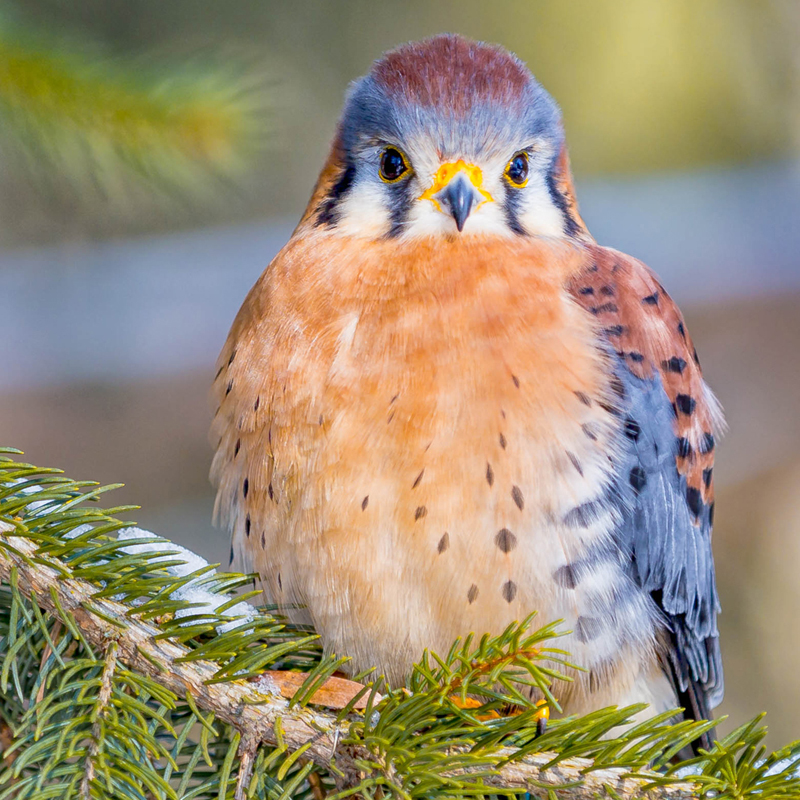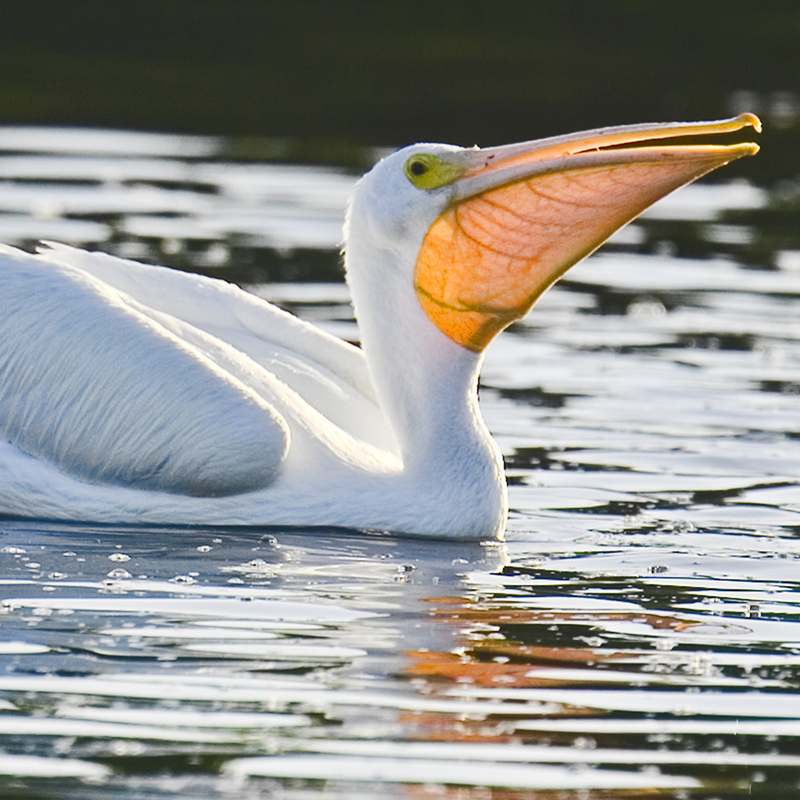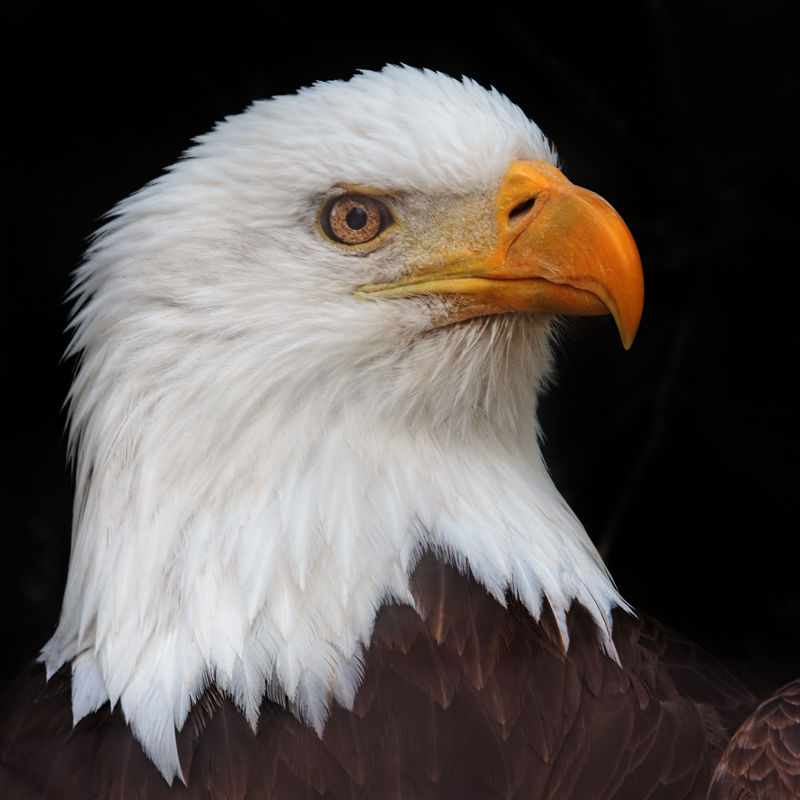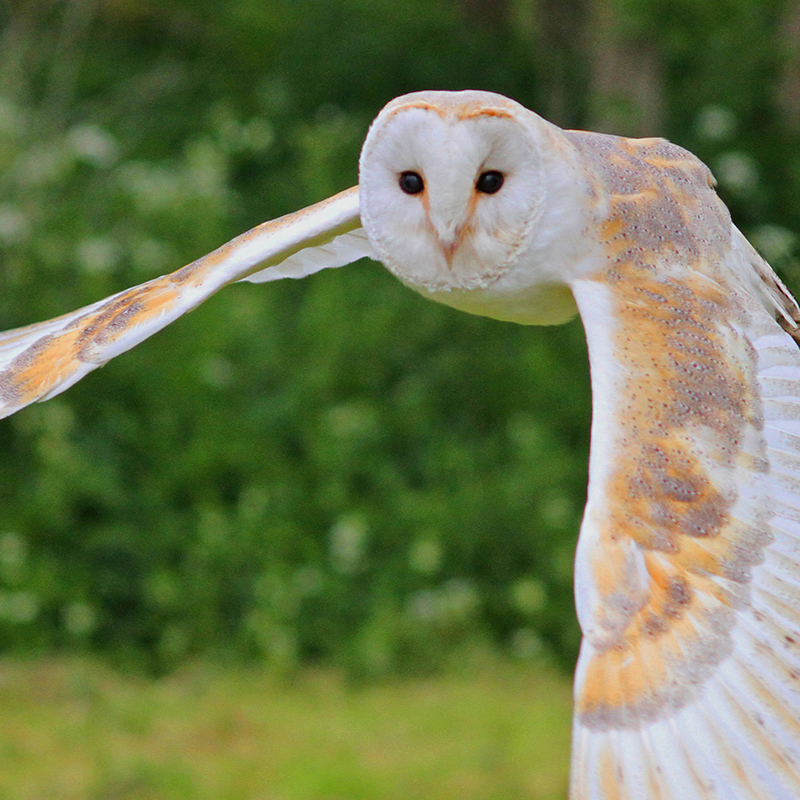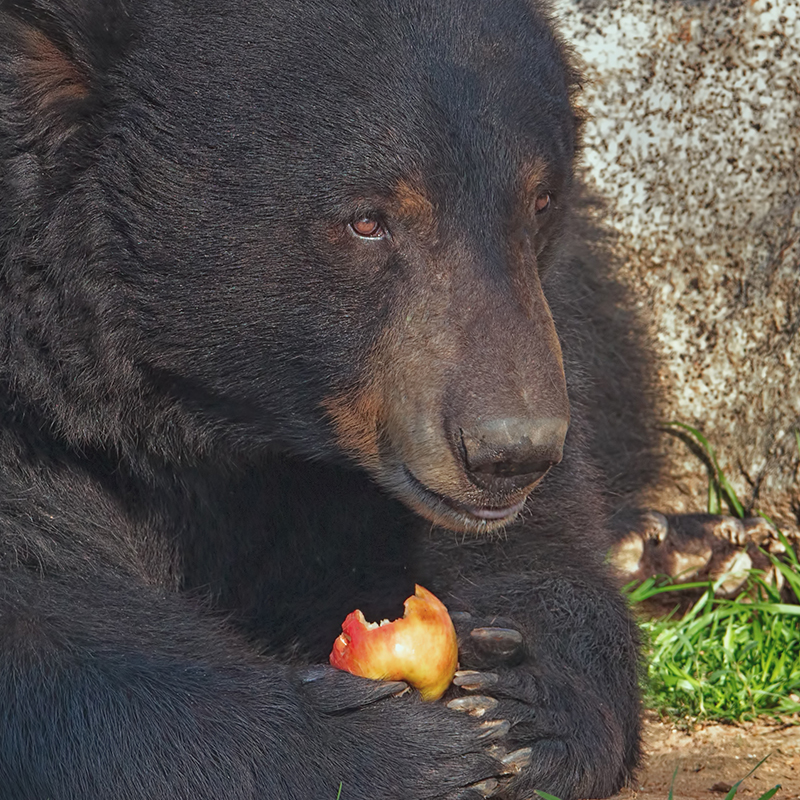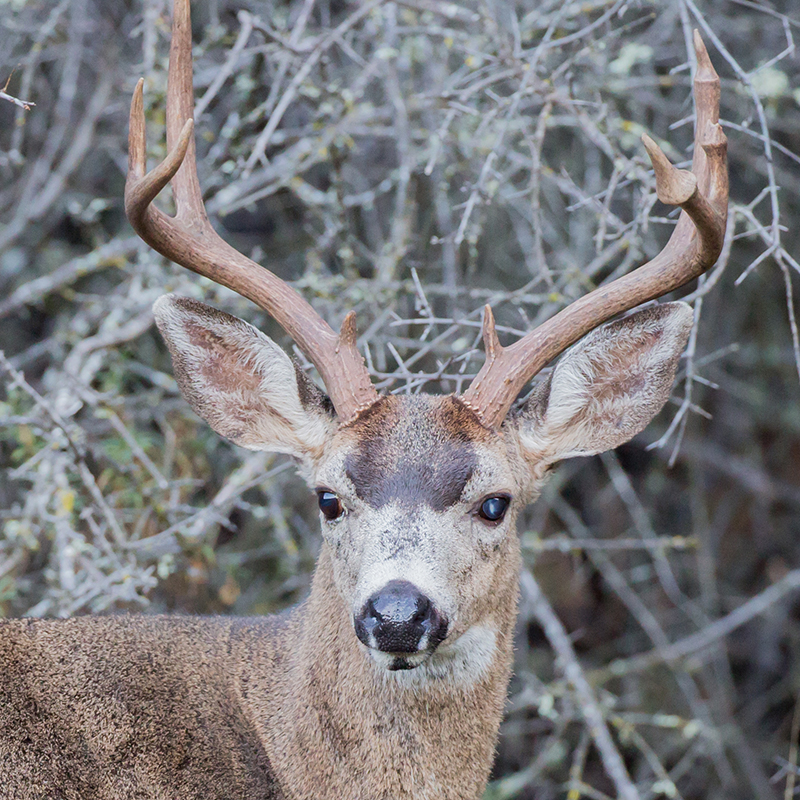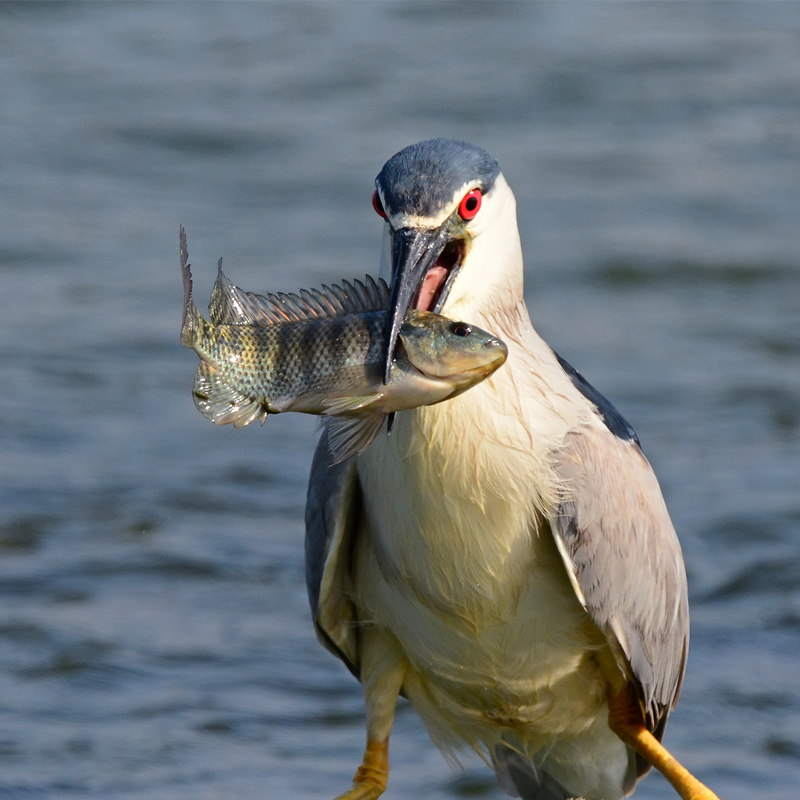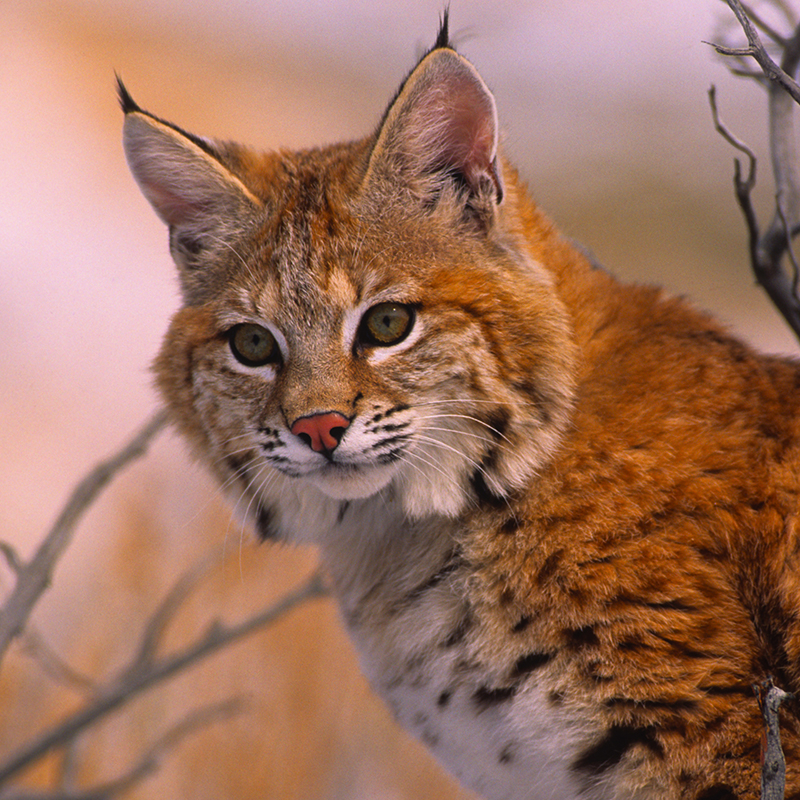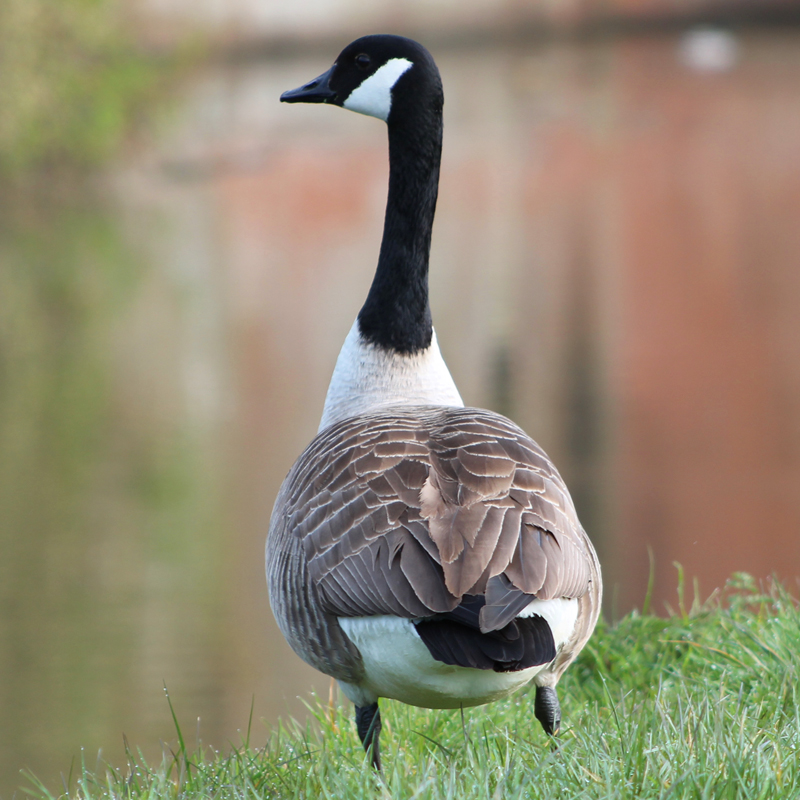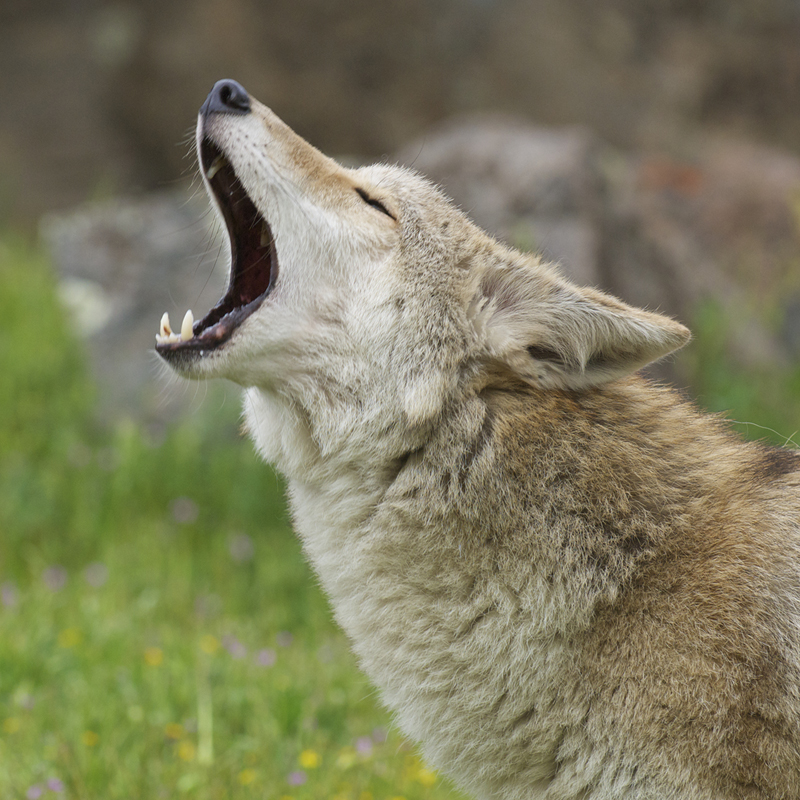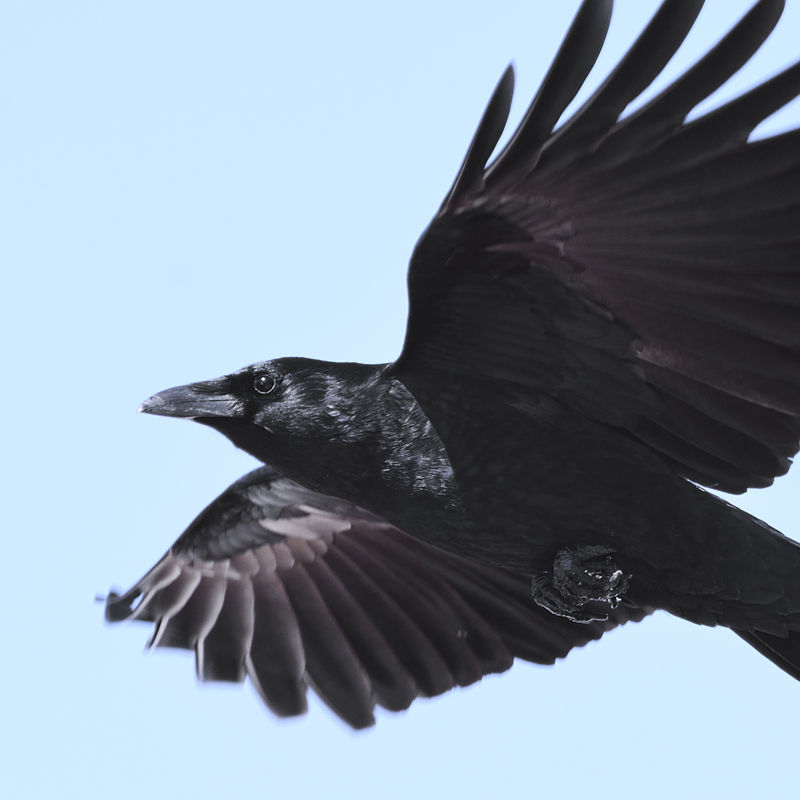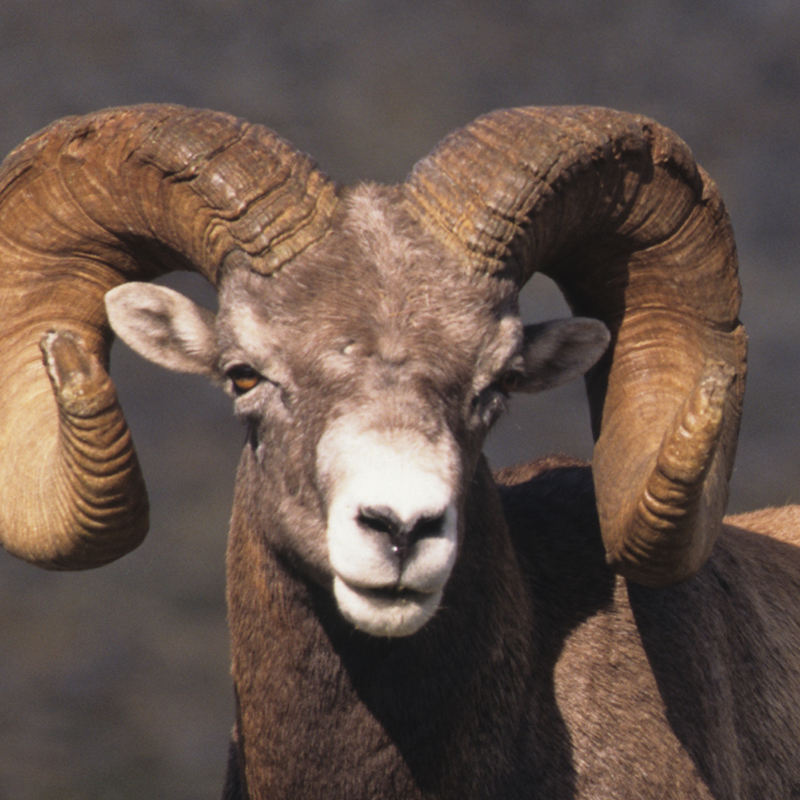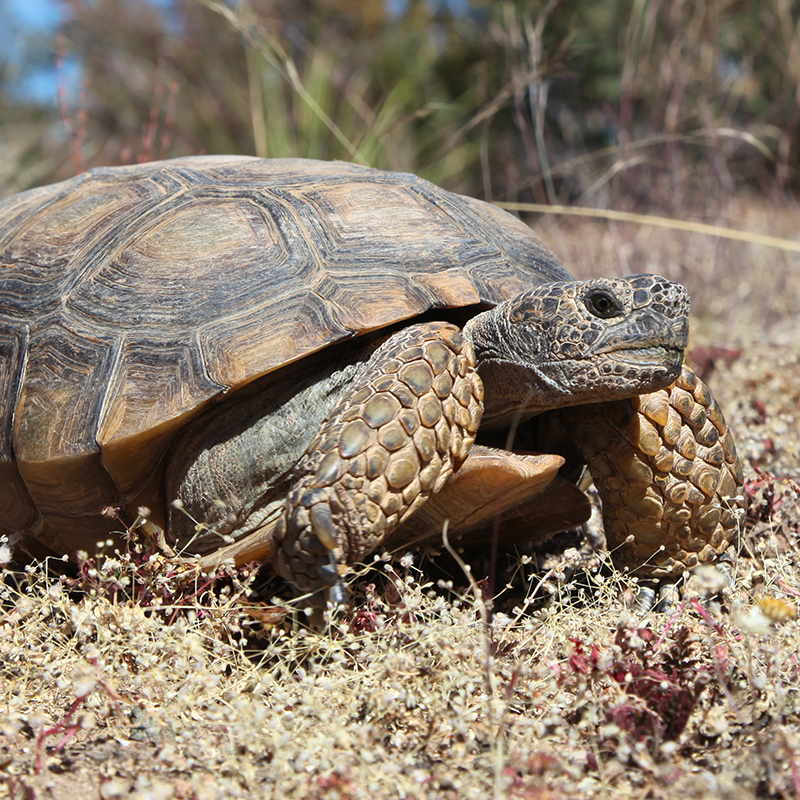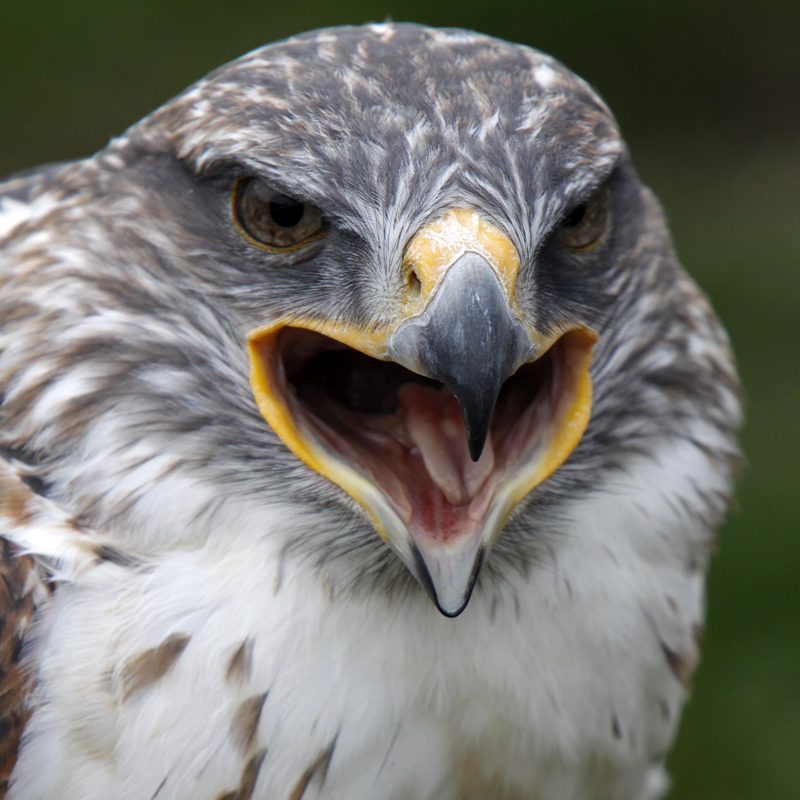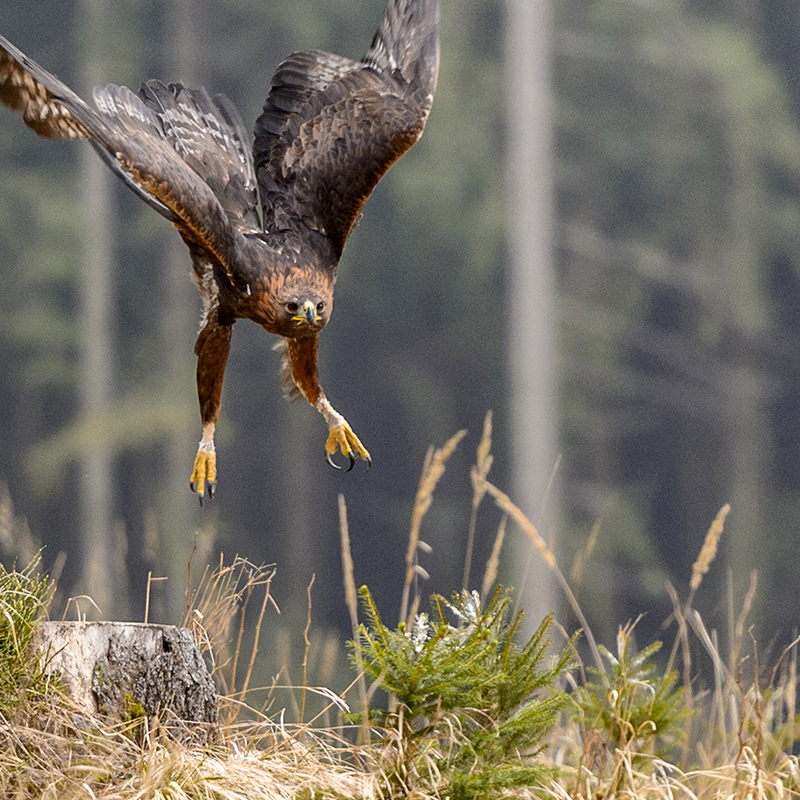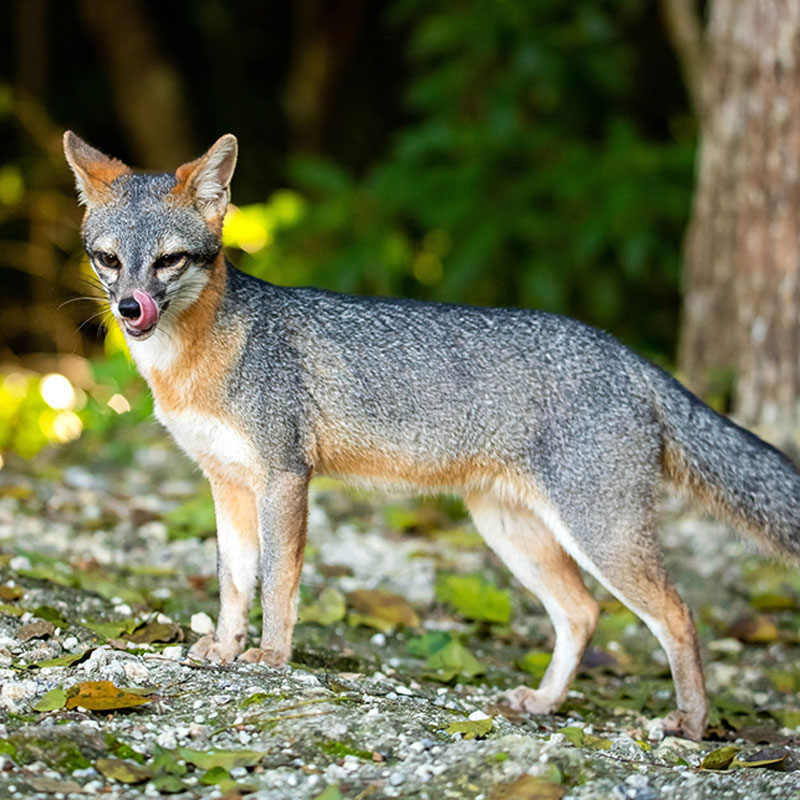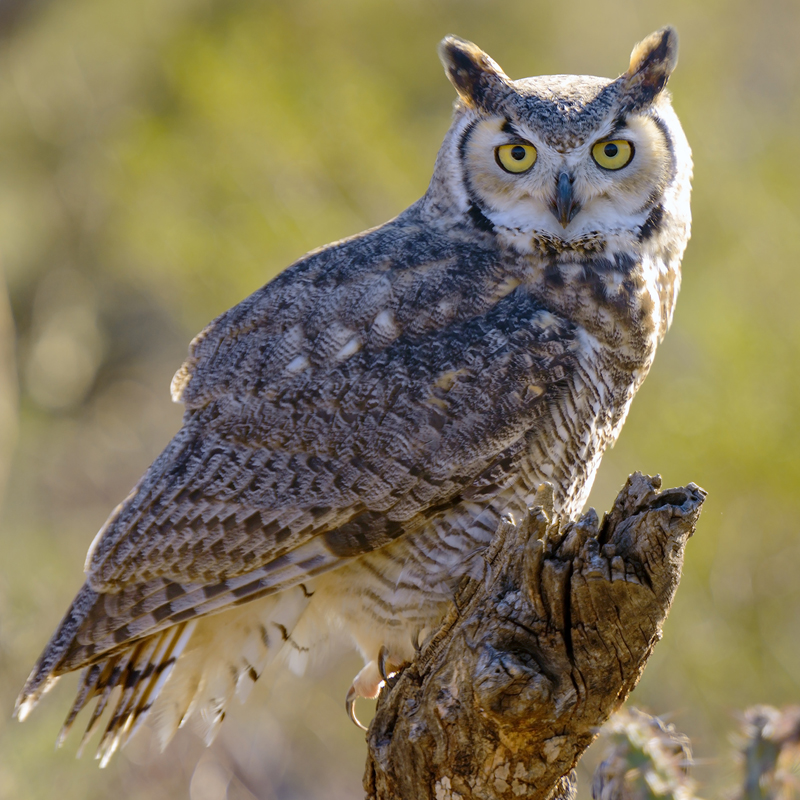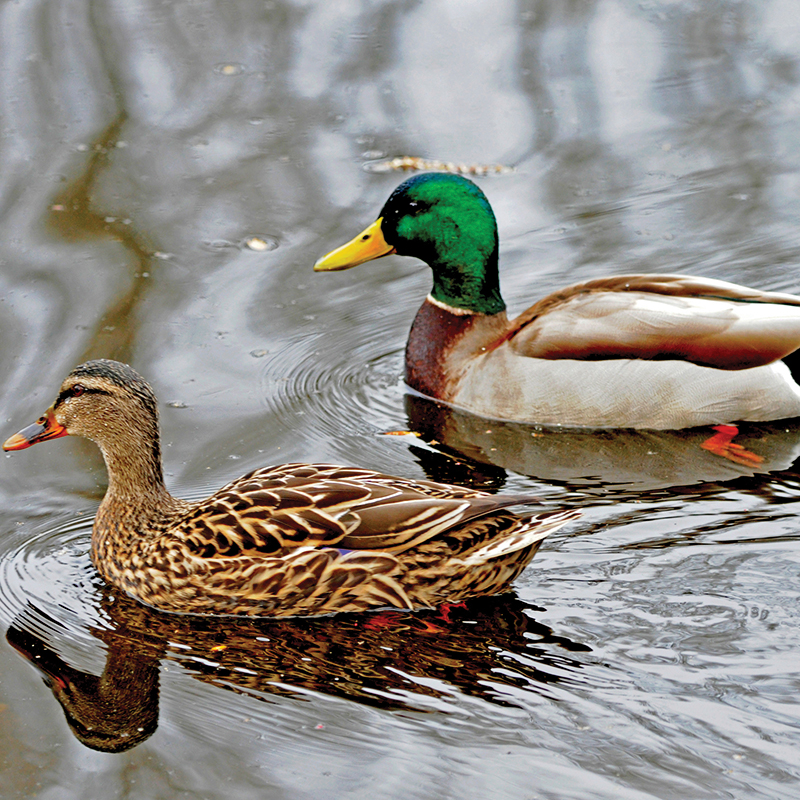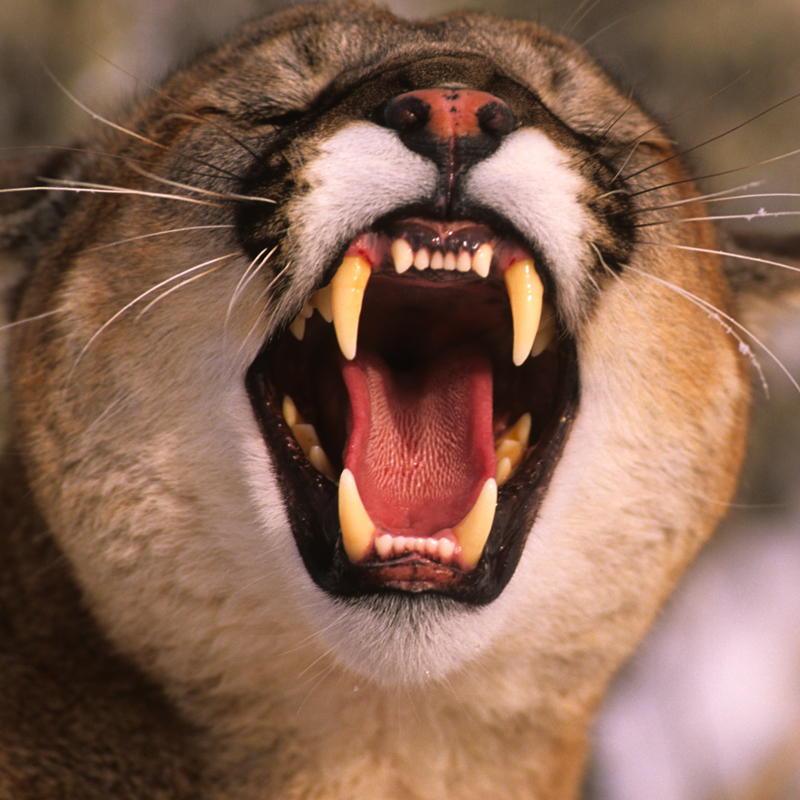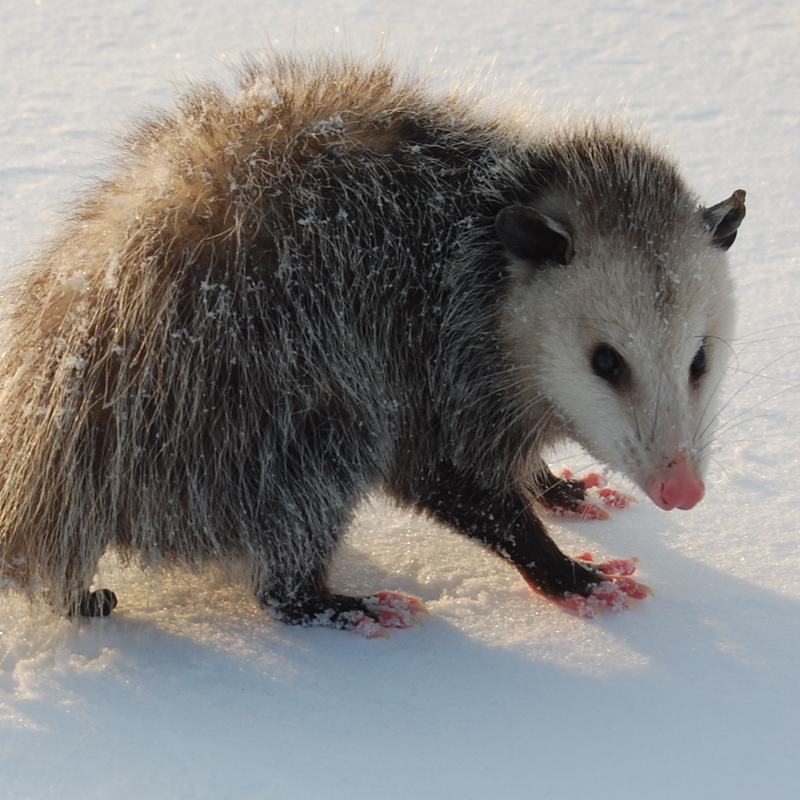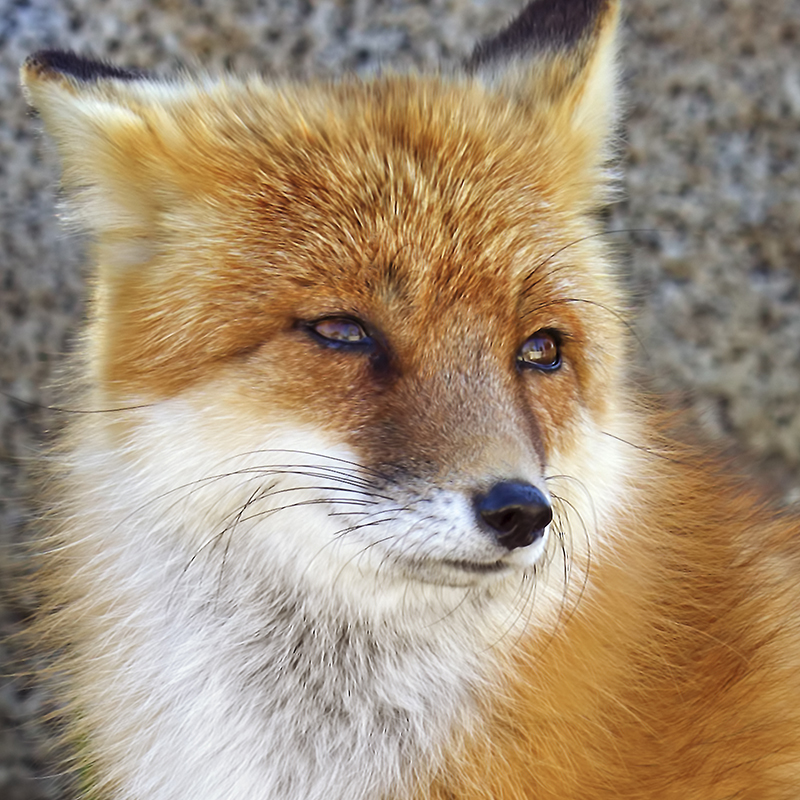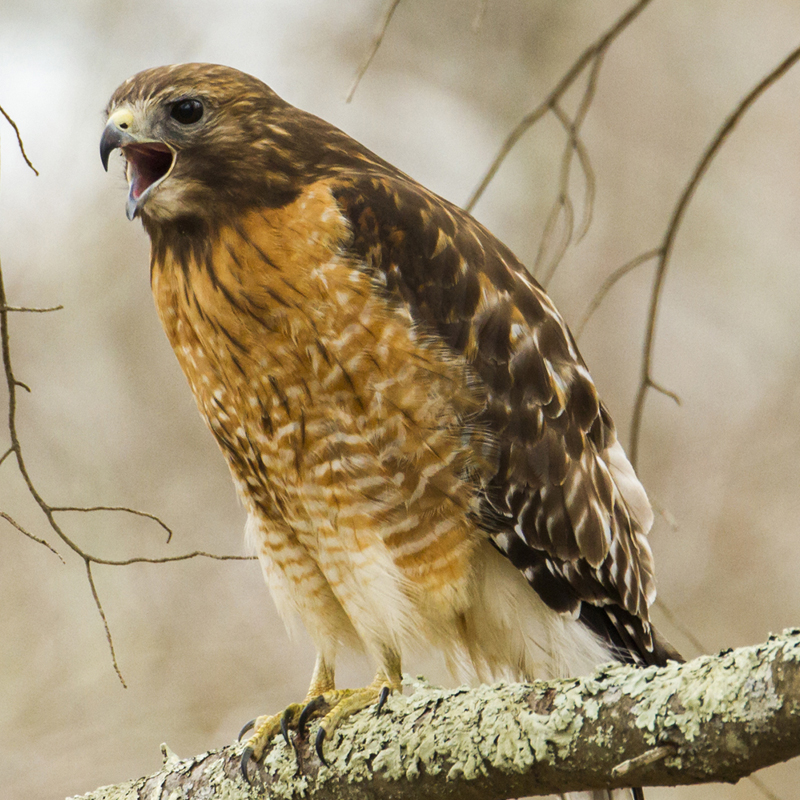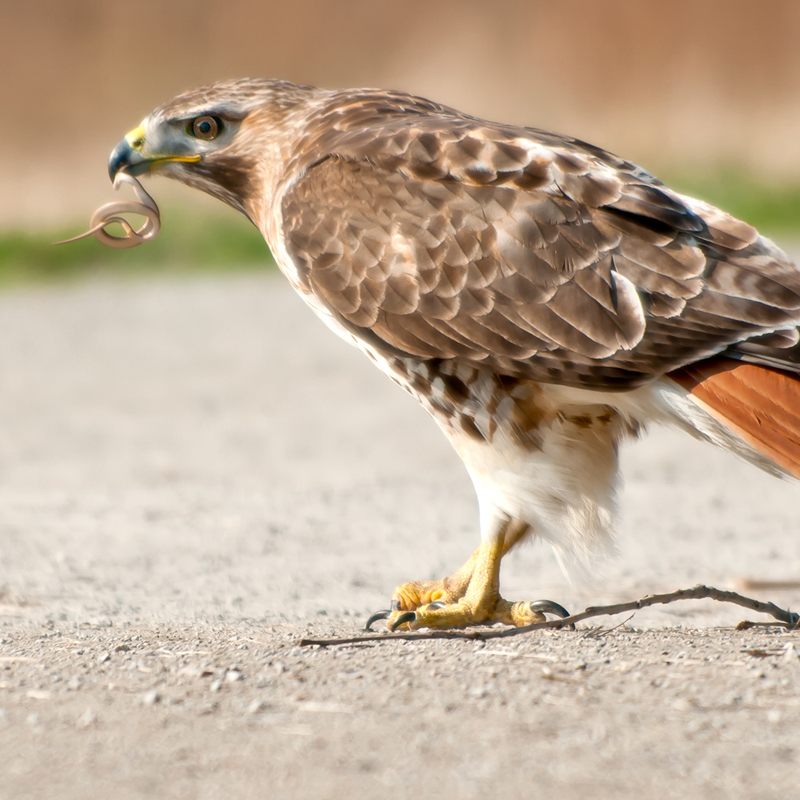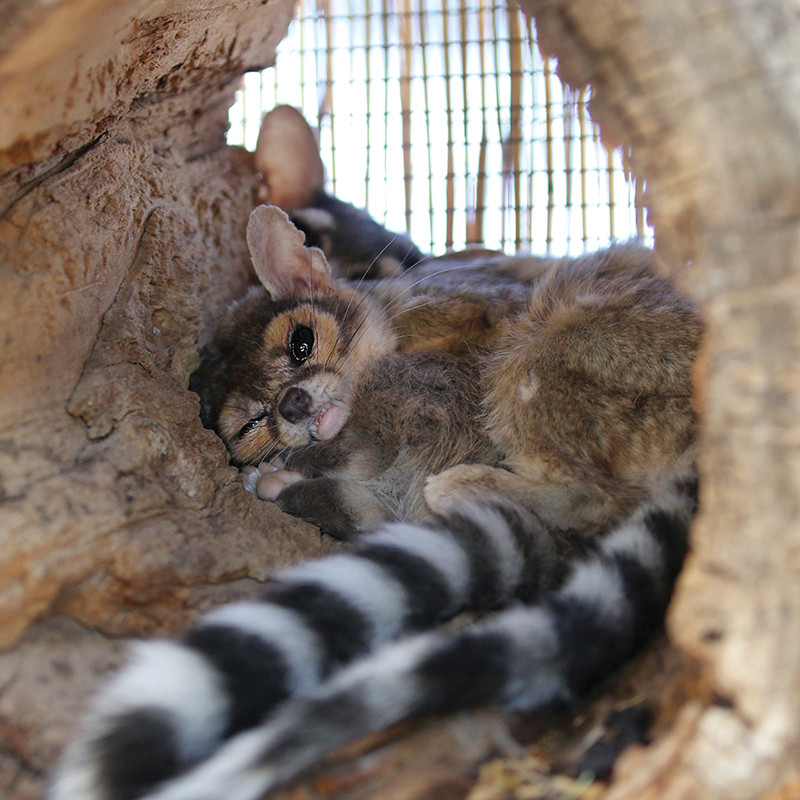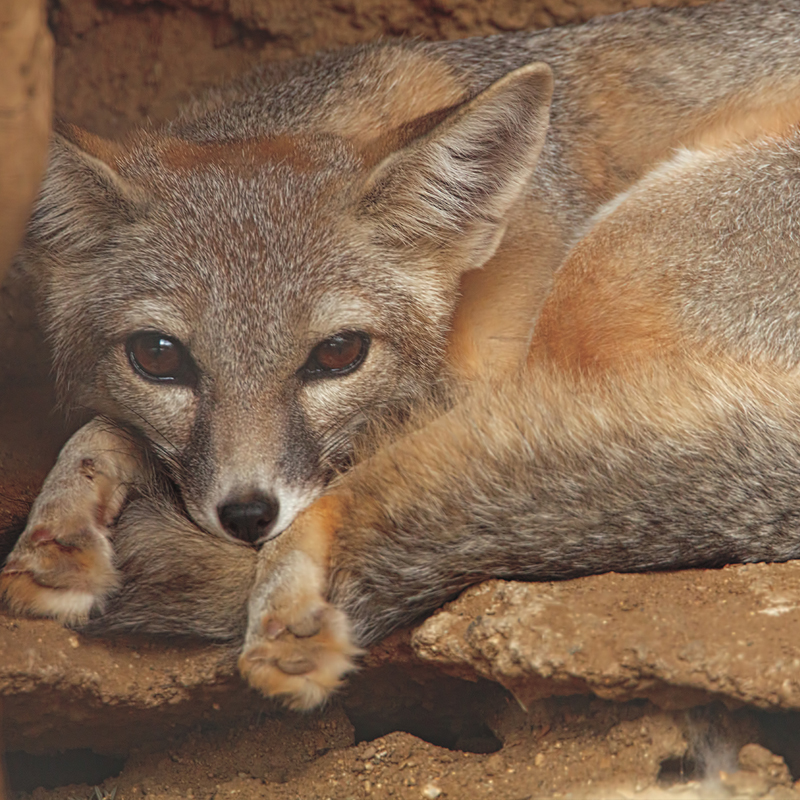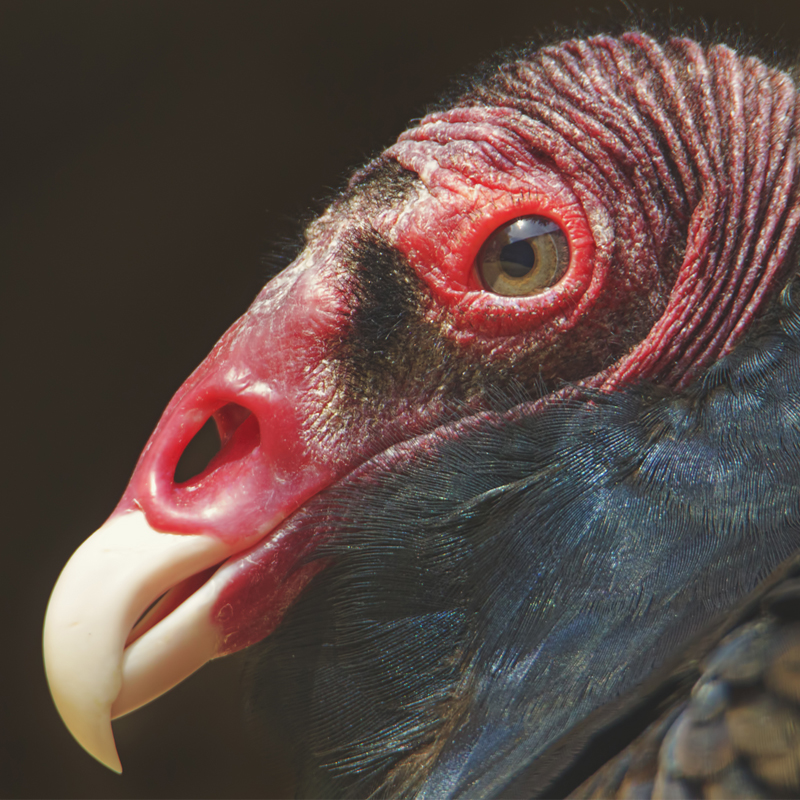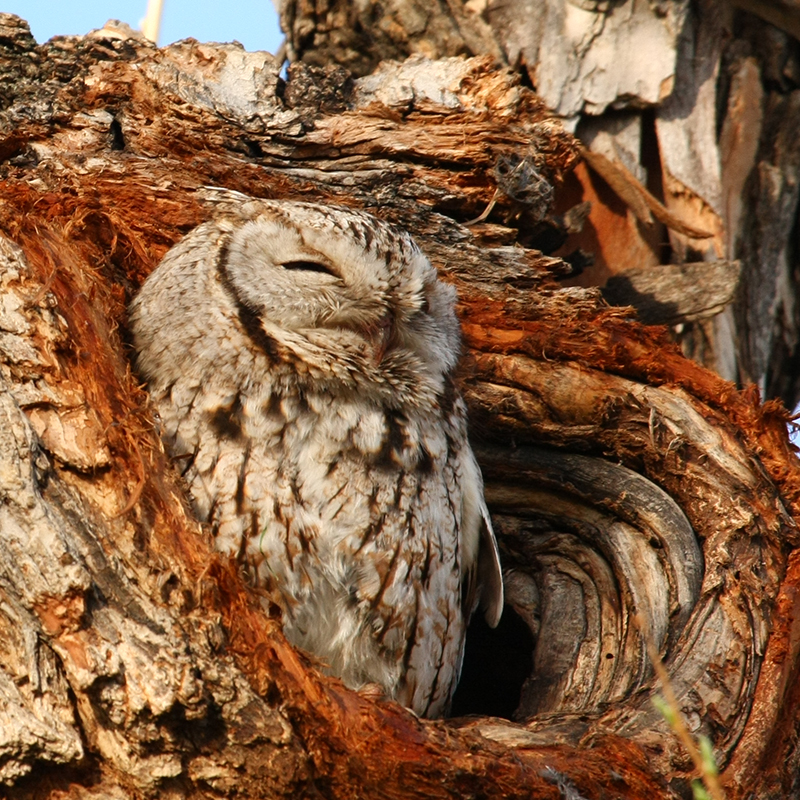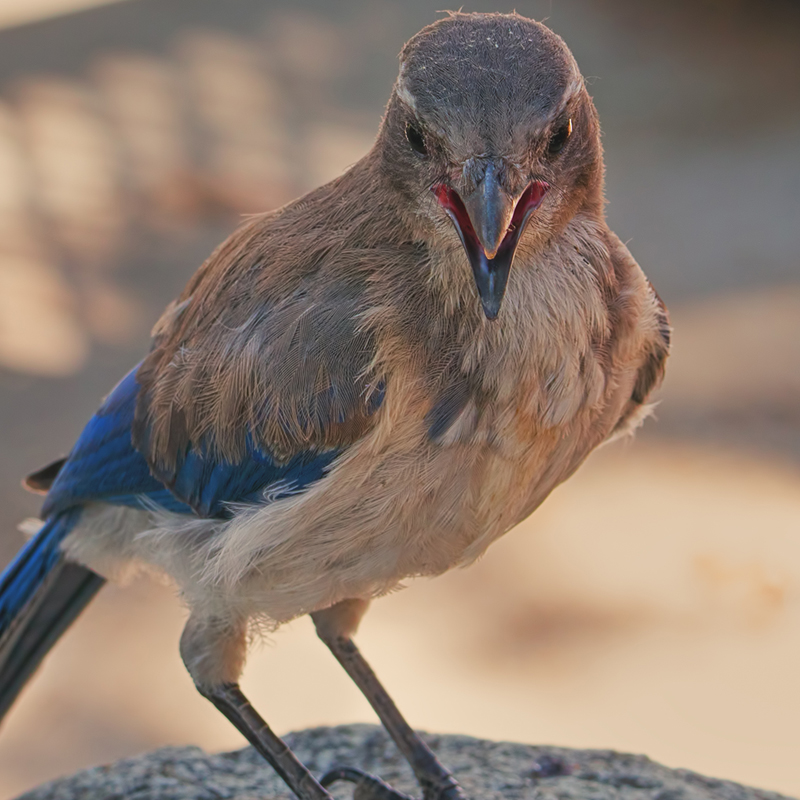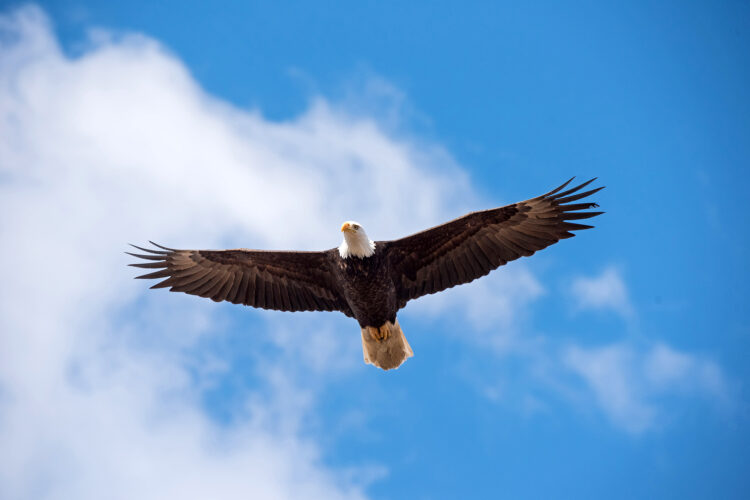
The bald eagle is our national bird. The adult, over 5 years old, has a white head, neck and tail feathers with a brownish-black body. It has large yellow eyes, hooked beak, and feet. Immature birds are entirely brownish-black with grayish wing linings and are often mistaken for a golden eagle. Eagles mate for life, but will choose a new mate if one of the pair dies. Eagles use the same nest year after year, which can grow so large that it breaks off or causes the tree to fall.
The bald eagle can be found near rivers, lakes and along the sea coast. Fish are their primary food, either self caught or stolen, they will also feed on injured waterfowl or rodents.
The bald eagle can fly 65 mph at heights of 10-15,000 feet and spots its prey over a mile below. They swoop down at amazing speeds of 200 mph and lift their prey with their powerful talons.
For many decades, bald eagles were hunted for sport, while pesticides like DDT also wreaked havoc on eagles and other birds. As a result, bald eagles were on the verge of extinction. After rigorous conservation efforts by the US government, the bald eagle population has rebounded significantly in the past 40 years.

